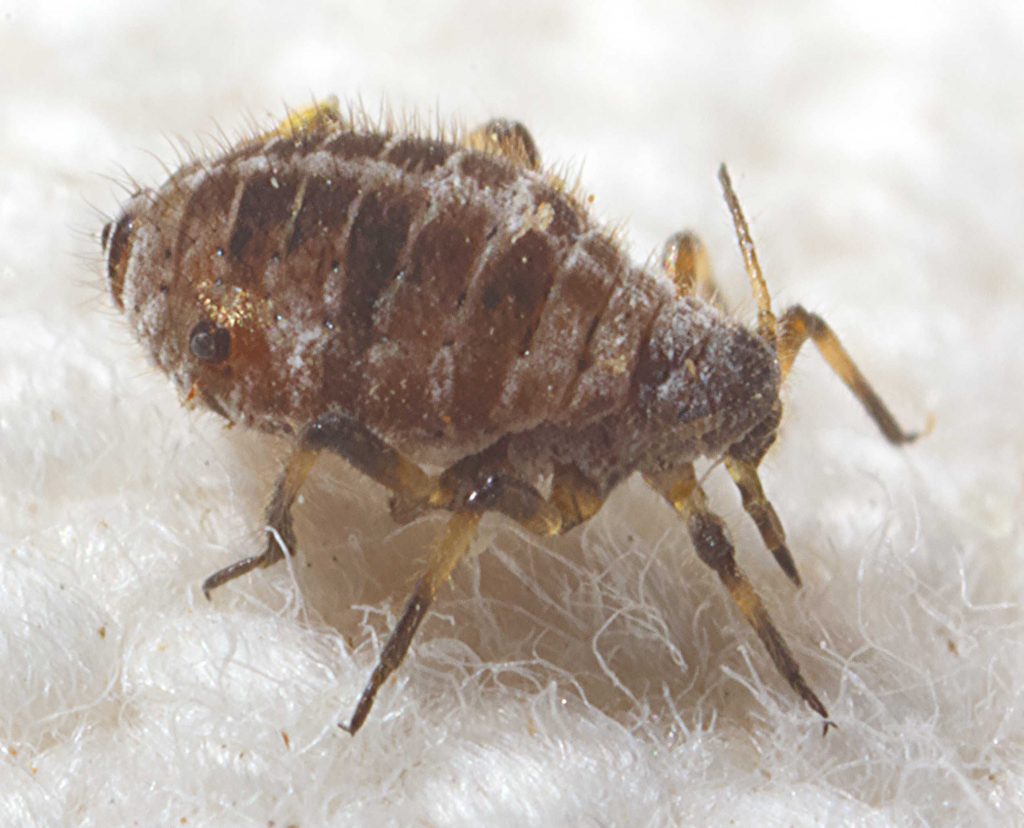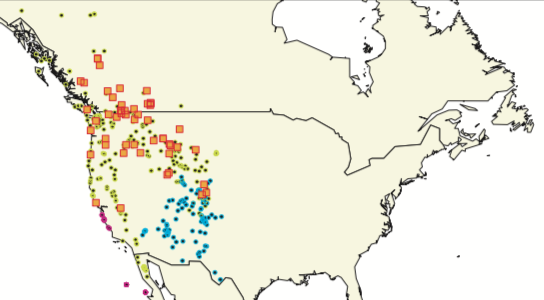The dominant paradigm is that the host plant distributions determine those of plant-feeding insects. However, climate is known to affect the distribution of other organisms, including plants, so who’s to say it doesn’t affect plant-feeding insects too? A group of colleagues sought to answer that very question. We geographically modeled climate variables and host plant and aphid distributions to measure the amount of overlap and how much one may affect the other. For example, perhaps it’s climate conditions that preclude the aphid from being co-located with its host in particular locations. To our North American dataset we added the Cinara aphid collection localities from French and Chinese colleagues, and we used publicly available climate and conifer tree distribution data.

In our paper in Ecology and Evolution, we showed that the distributions of most Cinara species overlap completely with those of their hosts. In those cases, we could not say that climate played a direct constraining role in the aphids’ distributions, but only insofar as it affected that of the host plants. However, almost a third of the Cinara species were present in a reduced portion of their hosts’ range. This result suggests that aphid geographic distribution is constrained by both host and climate factors, and not by host alone.
